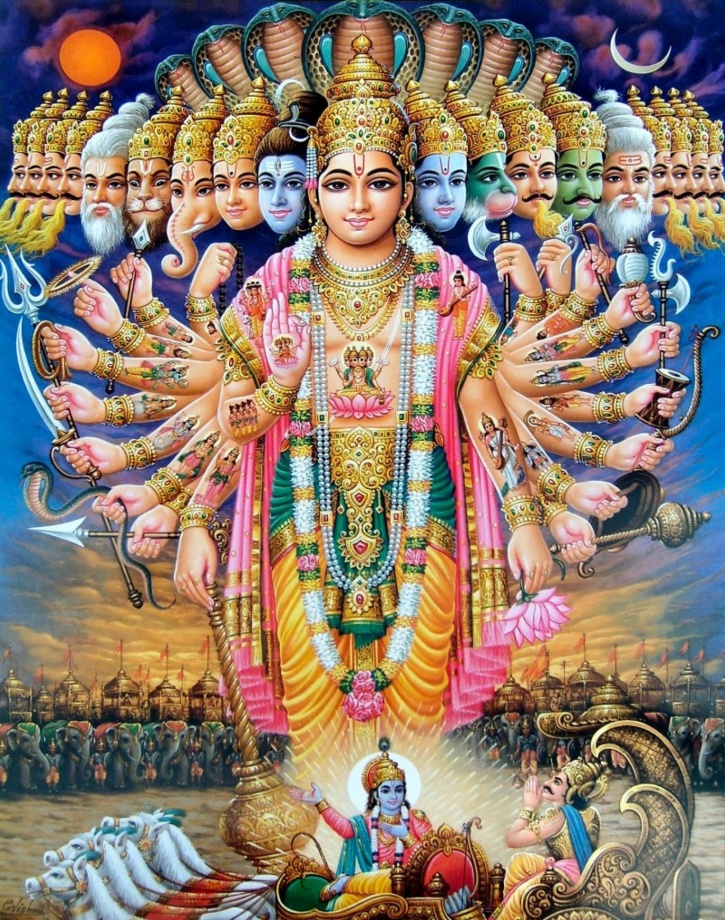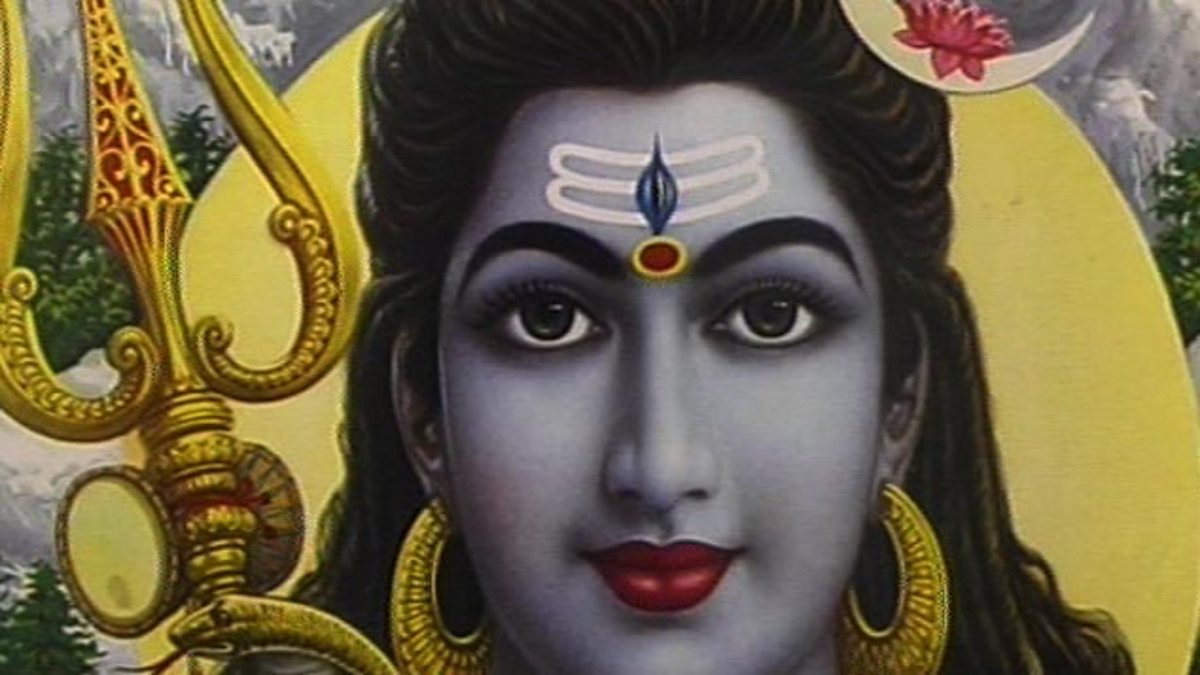Understanding Hindu Gods and their Forms
Oneness in MultiplicityPermalink
Hinduism sees divinity as a singular essence that manifests in many forms. While God in Hinduism exists as the supreme, formless Brahman, it also appears through countless divine manifestations. These divine avatars serve to guide humanity towards the path of dharma according to the needs of the time. Whether known as Mahadev, Vishnu, or Brahma, these celestial beings represent the multifaceted nature of the divine that cannot be constrained by a single image or name.

Demigods as Guiding LightsPermalink
Alongside these supreme gods are the devas or demigods that also act as guiding lights to help living beings progress spiritually. Figures like Indra, the king of gods, oversee aspects of nature to sustain life while others exemplify noble virtues. Through their stories and symbols, these celestial personalities impart life-affirming lessons that enrich our everyday practice. Though not all-powerful themselves, they channel divine energies and wisdom that perfect our nature and lead us closer to the transcendent reality underlying all.
Incarnations to Uphold DharmaPermalink
When needed, divine beings descend to earth in bodily incarnations to reestablish righteousness. Known as avatars, these celestial incarnations exemplify the ideals by which humanity ought to live. Through their words and actions, divine messengers like Lord Rama and Krishna reinforce moral order so that societies may flourish in peace. While their embodied forms eventually depart after their mission concludes, the eternal souls live on as imperishable guidance for generations to reflect upon. Their lives chronicle how divine providence has time and again protected dharma.
Oneness Beyond Names and FormsPermalink
Underneath the diversity of names and representations, Hindu tradition expresses the fundamental oneness of the supreme being. Whether as Shiva, Vishnu or in other guises, these personifications refer to the single infinite reality existing beyond all attributes. Like waves on the same ocean, the manifold forms visible within creation derive from this one shoreless divinity. Across diverse cultures too, Hindu gods and goddesses find resonance through equivalent figures even under different designations. In essence, all paths recognize the same ground of being however it may be perceived.
Dissolution and Re manifestation in the CosmosPermalink
In rare instances, divine incarnations withdraw back to their origin once their role is fulfilled. Events like the physical passing of Lord Krishna represent such cycles of dissolution. However, these celestial personalities simply relinquish impermanent forms and continue guiding humanity from within as eternal presences. Their eternal existence mirrors the perpetual circulation of cosmic energies. Just as individual souls are reborn, so too do divine forces remanifest according to cosmic laws to reassume protecting existence. Through ceaseless regeneration, the timeless divine sustains the evolutionary journey of all beings across inconceivable spans.
An Eternal Fount of NourishmentPermalink
By recognizing the multidimensional nature of the supreme reality, Hindu dharma provides an enduring wellspring of spiritual wisdom. Its flexible framework accommodates diverse interpretations without inconsistencies. Above all, it instills faith that however reality presents, an eternal refuge ever sustains and perfects all. Internalizing this outlook cultivates inner peace regardless of life’s challenges. More than a set of rigid rules, Hindu thought offers a perennial fount of inspiration that irrigates the spiritual aspirations of humanity in all places and times. This is the essence of Sanatana Dharma - the eternal yet evolving path of divine truths.

